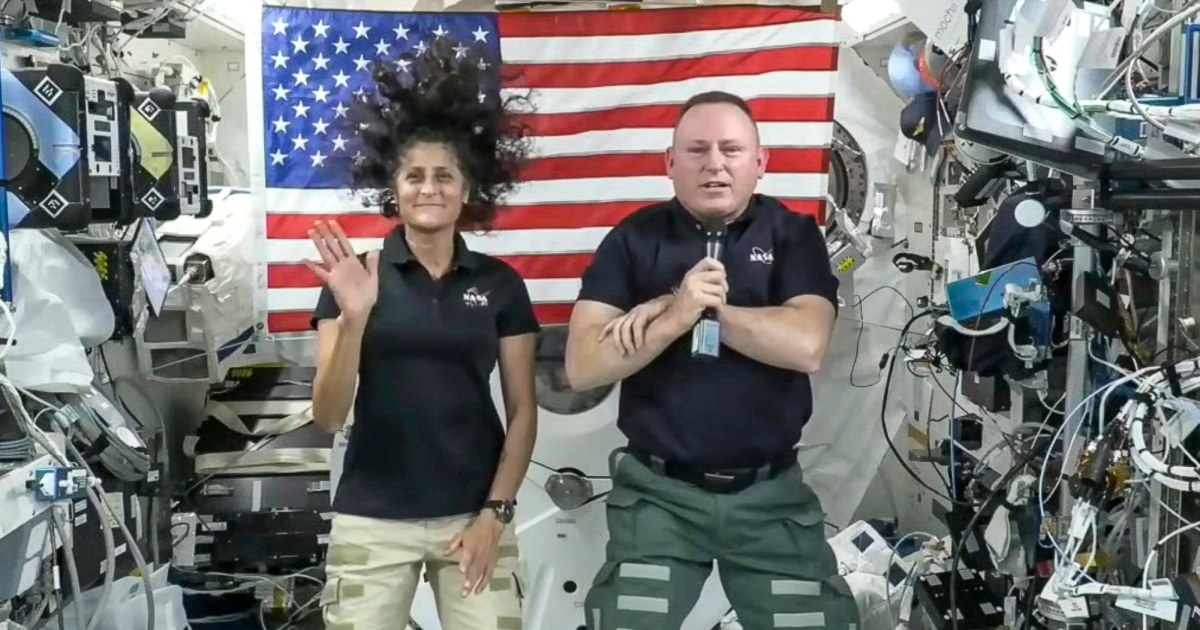The first crewed voyage of Boeing’s Starliner was supposed to last around a week, but the high-stakes mission is still in limbo eight weeks after launch.
Their high-stakes mission was supposed to last about a week — but 56 days later, two NASA astronauts are still aboard the International Space Station, waiting as teams on the ground try to figure out how to bring them home safely in the Boeing spaceship they rode to orbit.
The beleaguered Starliner capsule has two problems: its propulsion system is leaking helium and five of its thrusters malfunctioned as it was docking with the space station. Mission managers were aware of the leaks before the vehicle lifted off but had said they were unlikely to affect the flight or the astronauts’ safety.



I guess I should stop complaining when my return flight is delayed by 4 hours.
If your flight is on a Boeing aircraft, you’re likely in the same situation as the astronauts.
What I can’t understand about this situation, is they’ve apparently been studying the craft’s helium leaks this whole time. But, as far as I’m aware, they’ve done 1 EVA to look at the thing. How are they inspecting the physical condition of hardware(pipes, seals, welds, brazed joints) via software from the ground and the results of one EVA. I also can’t see NASA giving the green light to really strip the Starliner to the guts while it’s attached to the space station, so did the astronauts even get a chance to look closely to find these leaks. A quarter of my job is finding leaks in high pressure piping systems, and you often have to really get in there and remove all the panels to pinpoint a leak. I highly doubt nasa has allowed the crew to rip apart a space capsule the same way I would rip apart a rooftop unit.
The thing that takes the most time isn’t looking at the thing, it’s doing the engineering to figure out WTF you’re going to do about it afterward.
Well, there are a whole lot of sensors and monitors on all of the hardware in that capsule, and all that data gets collected. So they can tell a lot about what’s going on with the capsule even remotely. But it’s still a lot of data to dig through and analyze.
And then once you identify the problem it’s like… “well the temperature on component X went way past its lower limit and one section of the fuel line went way over pressure and this third sensor isn’t responding at all”, so… now you know some things, but that might not immediately tell you what exactly happened, or why it happened. And then once you figure out why it all happened, there’s trying to figure out how to prevent it reliably without introducing new problems.
And I think you’re right that it is actually pretty hard for the engineers to do all that without physically being there. I wouldn’t be surprised if a lot of the slowdown is due to needing to replicate the problem in simulations or physical mockups down on earth.
Don’t think so.
They do have access to camera imagery, but as you say, most problems like this probably need much more intrusive investigation.